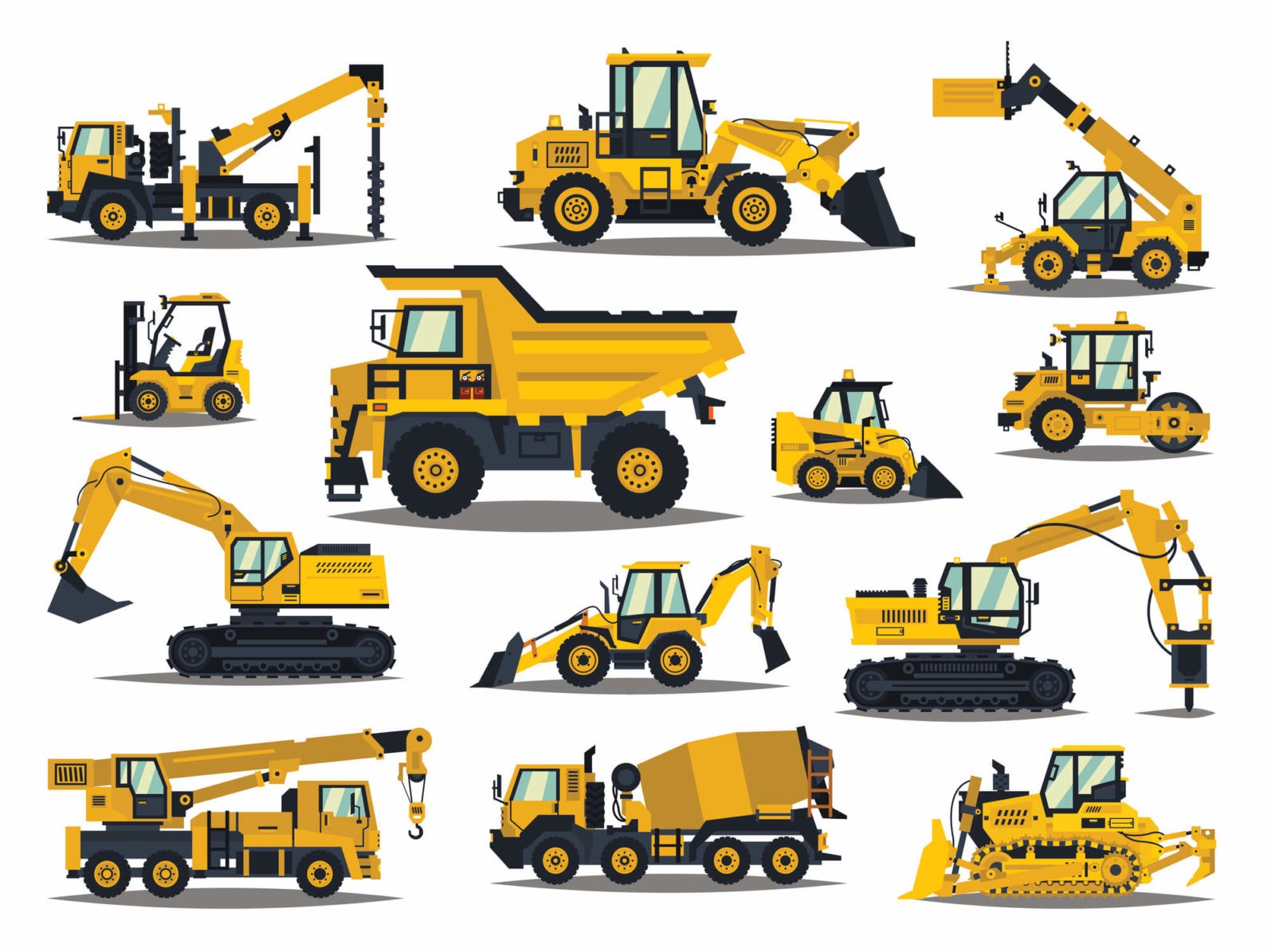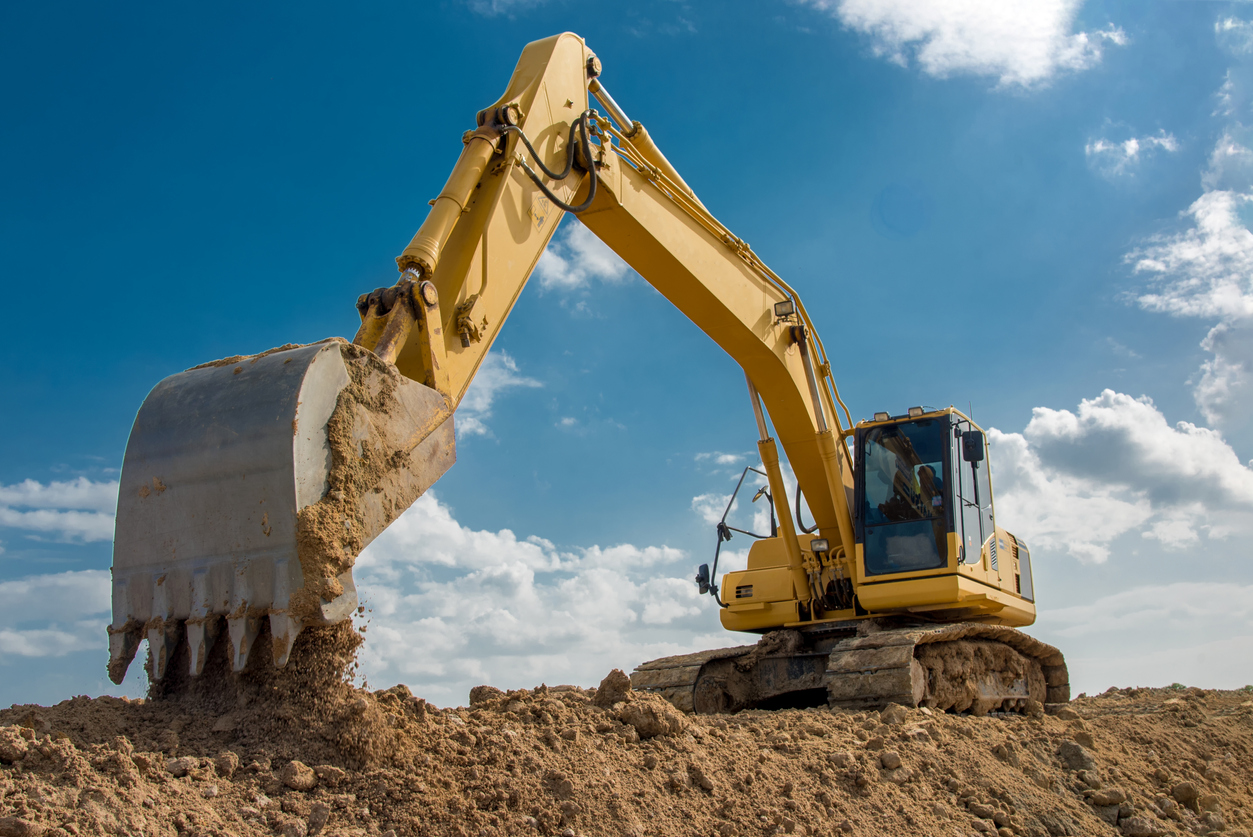Forklift Rental Services for Industrial and Commercial Use
Forklift Rental Services for Industrial and Commercial Use
Blog Article
Renting Vs. Purchasing Construction Equipment: Making the Right Selection for Your Job
When embarking on a building project, one of the essential decisions that project stakeholders and managers deal with is whether to rent or purchase building devices. The choice hinges on various factors such as price considerations, task period, equipment maintenance, flexibility, scalability, and danger management.
Cost Considerations
When evaluating the economic element of purchasing versus leasing building devices, the upfront expenses and long-lasting expenditures must be thoroughly taken into consideration. Leasing equipment usually requires lower first repayments contrasted to acquiring, making it an eye-catching alternative for short-term projects or professionals with budget plan restrictions. Renting eliminates the demand for large capital investments and minimizes the financial risk related to tools ownership, such as maintenance and devaluation expenses. However, in the future, constantly leasing tools can build up higher expenses than buying, especially for prolonged jobs.
On the various other hand, buying construction equipment entails greater upfront costs however can lead to lasting savings, especially for frequent users or long-term jobs. Possessing devices supplies flexibility, ease, and the possibility for resale worth once the project is completed. Additionally, having equipment allows for modification and knowledge with specific machinery, possibly enhancing effectiveness and performance on-site. Ultimately, the choice in between purchasing and renting out building tools pivots on the task's period, frequency of usage, spending plan factors to consider, and long-lasting monetary objectives.
Task Period

Alternatively, for long-term projects or ongoing construction work, acquiring devices could be the a lot more affordable option. Investing in equipment can cause set you back financial savings over time, particularly if the devices will certainly be often made use of. Additionally, owning equipment gives a feeling of control over its schedule and permits personalization to fit specific project demands.

Devices Upkeep
Provided the essential role project period plays in identifying one of the most cost-efficient technique between buying and leasing building equipment, the emphasis currently changes in the direction of taking a look at the vital facet of equipment maintenance. Proper upkeep is vital for making sure the optimal efficiency and long life of construction devices. Renting tools often comes with the advantage of having actually properly maintained equipment supplied by the rental firm. This can ease the concern of upkeep jobs from the task owner or specialist, saving time and effort. On the other hand, owning devices requires an aggressive approach to upkeep to avoid breakdowns, make sure security, and extend the equipment's life-span. Regular examinations, servicing, and prompt fixings are required to maintain owned devices in leading functioning problem. Consider maintenance expenses when choosing between buying and leasing, as overlooking maintenance can cause costly repair work, downtime, and project hold-ups. Eventually, a well-kept building and construction tools fleet, whether rented out or had, is crucial for the successful and effective conclusion of building and construction projects.
Adaptability and Scalability
In the world of building and construction devices management, the element of flexibility and scalability holds considerable relevance for project performance and source use. like it Deciding to rent building and construction devices supplies a high degree of flexibility as it enables the fast adjustment of devices kinds and amounts based on the advancing requirements of a job. Renting out allows service providers to access a vast array of specialized equipment that might be required for particular jobs without the lasting dedication of ownership. This flexibility is specifically helpful for projects with varying needs or unclear durations (aerial lift rental).
In addition, scalability, an additional important factor, is naturally linked to flexibility. Leasing construction tools provides the benefit of easily scaling operations up or down as job demands rise and fall. Service providers can swiftly exchange or include devices to match the project's transforming requirements without the restrictions of owning possessions that may become underutilized or obsolete. This capability to scale resources successfully can result in cost financial savings and boosted project timelines, making renting a beneficial option for jobs needing adaptability and receptive resource appropriation.
Danger Management
Reliable threat administration in like this building devices procedures is critical to guaranteeing project success and mitigating prospective monetary losses. Construction jobs naturally entail different risks, such as tools malfunctions, crashes, and project hold-ups, which can substantially affect the project timeline and budget. By very carefully thinking about the risks connected with owning or leasing construction tools, job supervisors can make enlightened choices to decrease these potential hazards.
Renting out building and construction devices can use a degree of risk mitigation by moving the duty of maintenance and repair work to the rental firm. This can decrease the monetary burden on the job owner in instance of unforeseen devices failures (aerial lift rental). In addition, renting gives the adaptability to access customized equipment for details task stages, reducing the danger of possessing underutilized equipment
On the various other hand, owning building tools gives a sense of control over its usage and upkeep. Nonetheless, this additionally means bearing the full responsibility for repair services, upkeep costs, and depreciation, increasing the economic threats linked with devices ownership. Cautious threat analysis and factor to consider of factors such as task duration, equipment usage, and maintenance requirements are essential in identifying one of the most appropriate choice for efficient danger administration in building and construction jobs.
Conclusion
Finally, when making a decision between renting and getting construction devices, it is very important to consider expense, task period, tools maintenance, threat, versatility, and scalability management. Each variable plays a critical function in determining the most suitable choice for the project available. By carefully assessing these facets, job supervisors can make an educated choice that straightens with their budget, timeline, and total task objectives.

Report this page